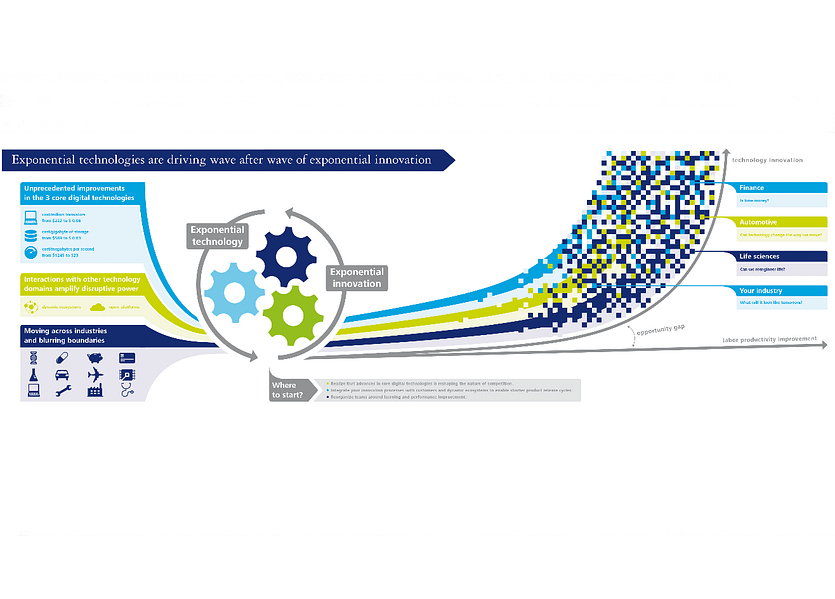As change becomes the new constant, products and services in corporate real estate are shifting in unexpected ways.

The term “disruptive” can send chills up anyone’s spine when used in a business context. When disruptive is used to describe “innovation”– a term which commonly carries a positive connotation – it can be , well, confusing. But when well-defined and digested, the phrase disruptive innovation is not as daunting as one may think. Disruptive innovation can be a refreshing way to propel industries at a faster pace than the typical rate of progress.
WHAT IS DISRUPTIVE INNOVATION ANYWAY?
The term disruptive innovation was coined by Clay Christensen, Harvard Business School professor, in his book the Innovator’s Dilemma. Christensen defines it as “a process by which a product or service takes root, initially in simple applications at the bottom of a market, and then relentlessly moves up market, eventually displacing established competitors and allowing a new population of consumers to access a product or service.” He augments his definition by differentiating it from sustaining innovation, which focuses on making current products or services better. At the end of the day, established businesses need both sustaining innovations and disruptive innovations to remain competitive.
Disruptive innovation boils down to taking advantage of change to create new value for a business or industry. It is about seizing “opportunities to reinvigorate [the] industry and become more relevant to customers” as noted in Deloitte’s June 2015 press release for the World Economic Forum report The Future of Financial Services. The phrase has gone viral across several industries, but until recently has been silent in the corporate real estate (CRE) world. CoreNet Global has broken this silence by designating the 2015 EMEA Summit theme as Disruptive Innovation: The Business of Change.

DISRUPTIVE INNOVATION IN CORPORATE REAL ESTATE
Christensen has brought the concept of disruptive innovation to life by listing past examples such as personal computers disrupting mainframes; cellular phones disrupting fixed line telephony; and retail medical clinics disrupting traditional doctors’ offices. More recent examples include Uber disrupting taxis, AirBnB disrupting hotels, and massive open online courses (MOOCs) and e-learning portals disrupting in-person classroom settings.
These disruptors and disruptees are great examples to elucidate the subject, but what about examples in CRE?
Two simple examples within architecture and design include computer-aided design (CAD) software replacing hand-drafting and later building information modeling (BIM) disrupting CAD. In CRE, we’ve seen mapping technologies like Liquid Galaxy disrupt the traditional photo previews and property site tours.
So, you ask, what’s next? Given that human-computer interactions are becoming mainstream, the ability to improve decision-making is growing, and the world of big data is here, we postulate that predictive analytics will serve as the next big disruptor for the CRE profession.
WHAT’S PREDICTIVE ANALYTICS GOT TO DO WITH IT?
In 2015 and the years to come, we must move beyond benchmarking, best practices, and traditional statistics into the world of predictive analysis. It is no longer just about what we did yesterday to inform today, but about giving visibility to things that were hidden yesterday. It’s about seeing beyond the obvious. At a tipping point, predictive analytics will be one of the next disruptive innovations to hit the corporate real estate industry.
Check back on September 10 for more on how predictive analytics will inform corporate real estate and design.
